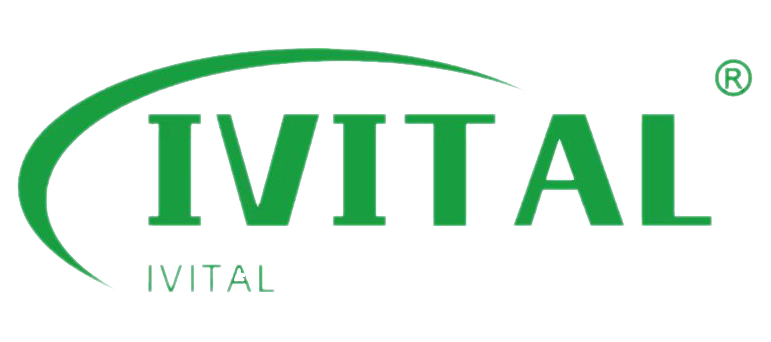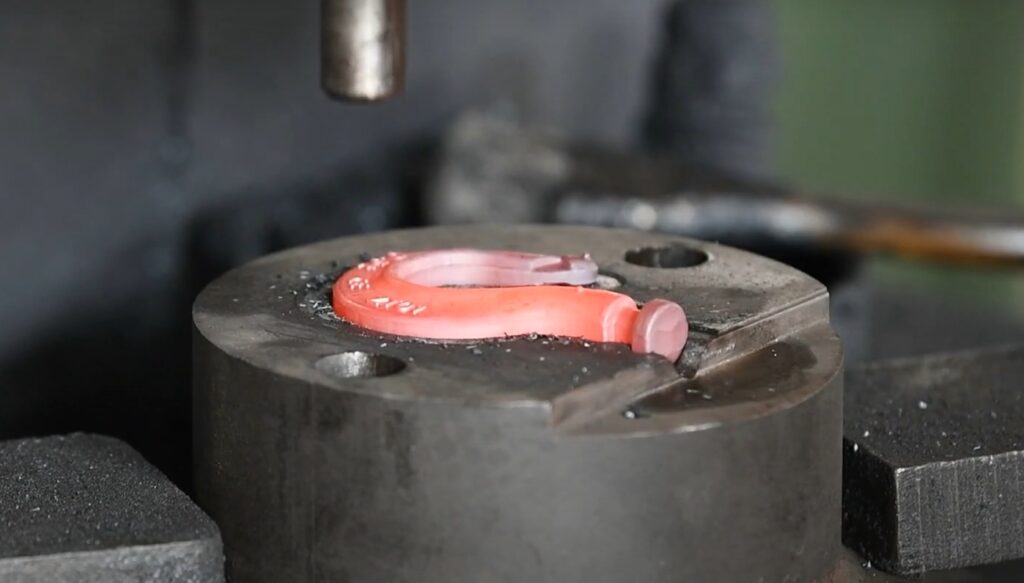In industries like construction, mining, and shipping, professionals face unique challenges. These industries need lifting solutions that are not only tough but also capable of withstanding extreme conditions. One of the best tools for these demanding tasks is the foundry hook. Foundry hooks are designed for heavy-duty applications, providing the strength, versatility, and safety that engineers, procurement officers, and logistics managers need. But what makes foundry hooks so great for heavy lifting?
Foundry hooks are used in heavy-lifting industries because they have a unique design that includes a wide, deep throat that can accommodate large trunnions or castings. This design allows you to handle large, heavy materials securely without them slipping, even in extreme conditions like high temperatures or harsh environments. People in industries like mining and construction love foundry hooks because they can rely on them to be safe and effective in these tough situations.
What Are Foundry Hooks Used For?
Foundry hooks are made to handle heavy loads, especially in industries that work with big molds and castings. They have wide and deep throats that are good for grabbing big, awkward things and keeping them from slipping out. That’s why they’re so important in industries like mining, construction, and shipping, where the loads are not only heavy but often weirdly shaped.
One of the things that makes foundry hooks special is that they’re usually used without a safety latch. That might seem weird, but the deep throat design means the load stays put even without a latch. This is especially useful in hot places like foundries, where you need to move things fast and the heat makes latches a pain in the ass.
In shipping and logistics, foundry hooks are commonly used to lift and secure heavy cargo. They’re tough and open wide, which makes them great for moving containers and big shipments quickly, which just goes to show how versatile they are across different industries.
The Difference Between Foundry Hooks and Other Lifting Hooks
When you’re selecting lifting hooks, it’s important to understand the differences between various types to ensure you’re using the best tool for the job. Foundry hooks are designed for handling large, heavy loads, but how do they differ from other types of hooks?
- Foundry Hooks: Designed with a wide, deep throat, these hooks are ideal for handling large molds, castings, and other bulky items. Their open design, typically without a latch, makes them easy to use in high-heat or heavy-duty environments. You’ll commonly find them in construction, foundry work, and shipping.
- Slip Hooks: Slip hooks, by contrast, are generally equipped with a safety latch to prevent accidental detachment of the load. While foundry hooks are better suited to larger, bulkier loads, slip hooks are more appropriate for smaller, more delicate lifting tasks where extra safety measures are required.
Each type of hook has its advantages, but for heavy-duty applications, foundry hooks often come out on top due to their ability to handle extreme conditions without compromising on safety or efficiency.
Types of Lifting Hooks and How to Choose the Right One
If you work in a heavy-lifting industry, you have a lot of hooks to choose from. You need to pick the right hook for the job to be safe and efficient. Here’s a quick guide to some of the most common lifting hooks:
- Foundry Hooks: These are great for heavy-duty applications, especially in high-temperature environments or when you’re handling big molds and castings.
- J-Hooks: You see these a lot in shipping. They’re great for securing cargo because they’re curved.
- Slip Hooks: These have a safety latch and are good for smaller loads where you need a little extra security.
- Crane Hooks: You use these with cranes for big lifting jobs. They’re designed to handle a lot of weight and are essential in industries like construction.
When you pick a lifting hook, you’ll consider things like the size of the load, the conditions you’re working in, and whether you’re dealing with high temperatures or big stuff. In a lot of cases, especially in tough environments, you’ll want to use foundry hooks.
Durability and Safety: Why Heavy Lifting Demands Foundry Hooks
Safety is the most important thing when you’re lifting heavy stuff. You can get hurt or break something if you don’t do it right. Foundry hooks are built to help you be safe and strong.
The big, deep mouth on a foundry hook keeps big, weird-shaped stuff from falling off when you pick it up. That’s really important in places where you can’t always use a safety latch, like when it’s really hot. Plus, foundry hooks are usually made out of really strong metal, so they don’t bend or break when you pick up something really heavy or when you use them in a really tough place.
People use these hooks to pick up hot, heavy stuff in a foundry, to move big, heavy things around on a construction site or on a ship, and in a lot of other places where you have to be strong and safe.
Conclusion
Foundry hooks are a must-have tool in heavy-duty industries. They’re built to handle big, heavy loads with ease, even in tough environments like foundries, construction sites, and shipping terminals. Whether it’s the wide, deep throat that gives you a solid grip or the fact that they don’t need a safety latch, foundry hooks are the go-to solution for people who need to get the job done right, every time.
If you’re an engineer, a purchasing agent, or a logistics manager who regularly deals with heavy loads, you need foundry hooks. These hooks are specifically designed to handle the demands of tough work environments, so you can lift safely and efficiently every time.



